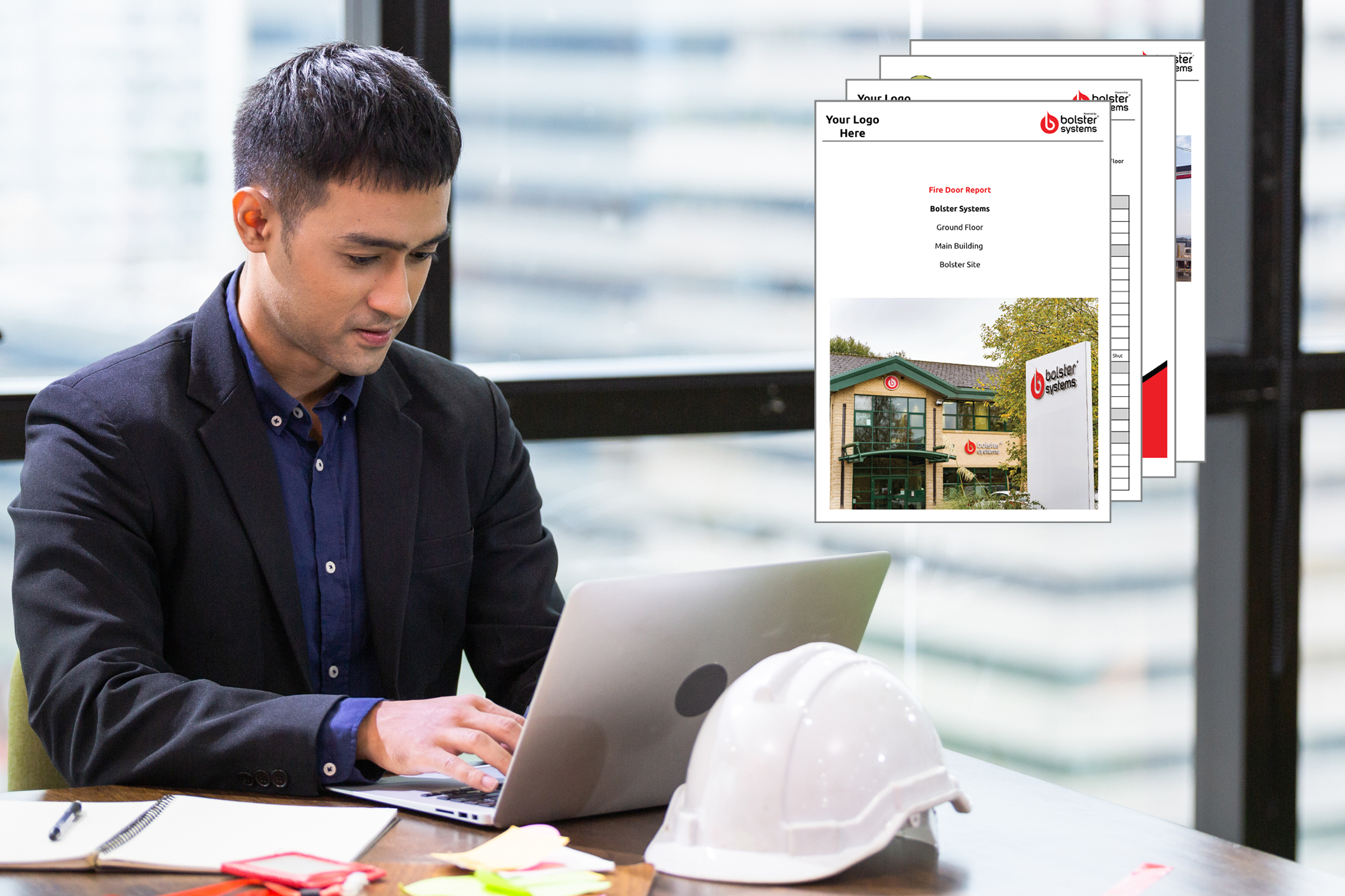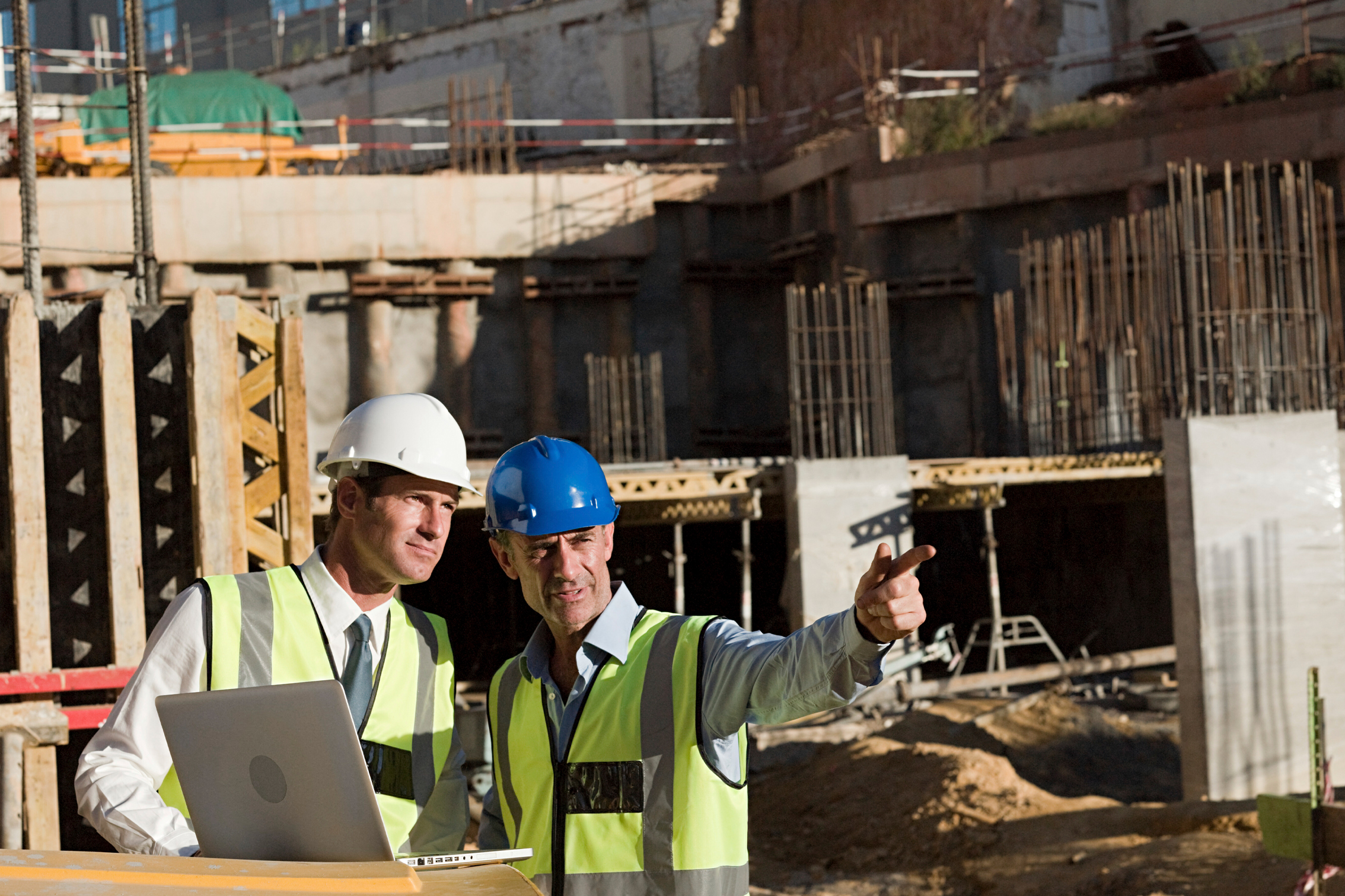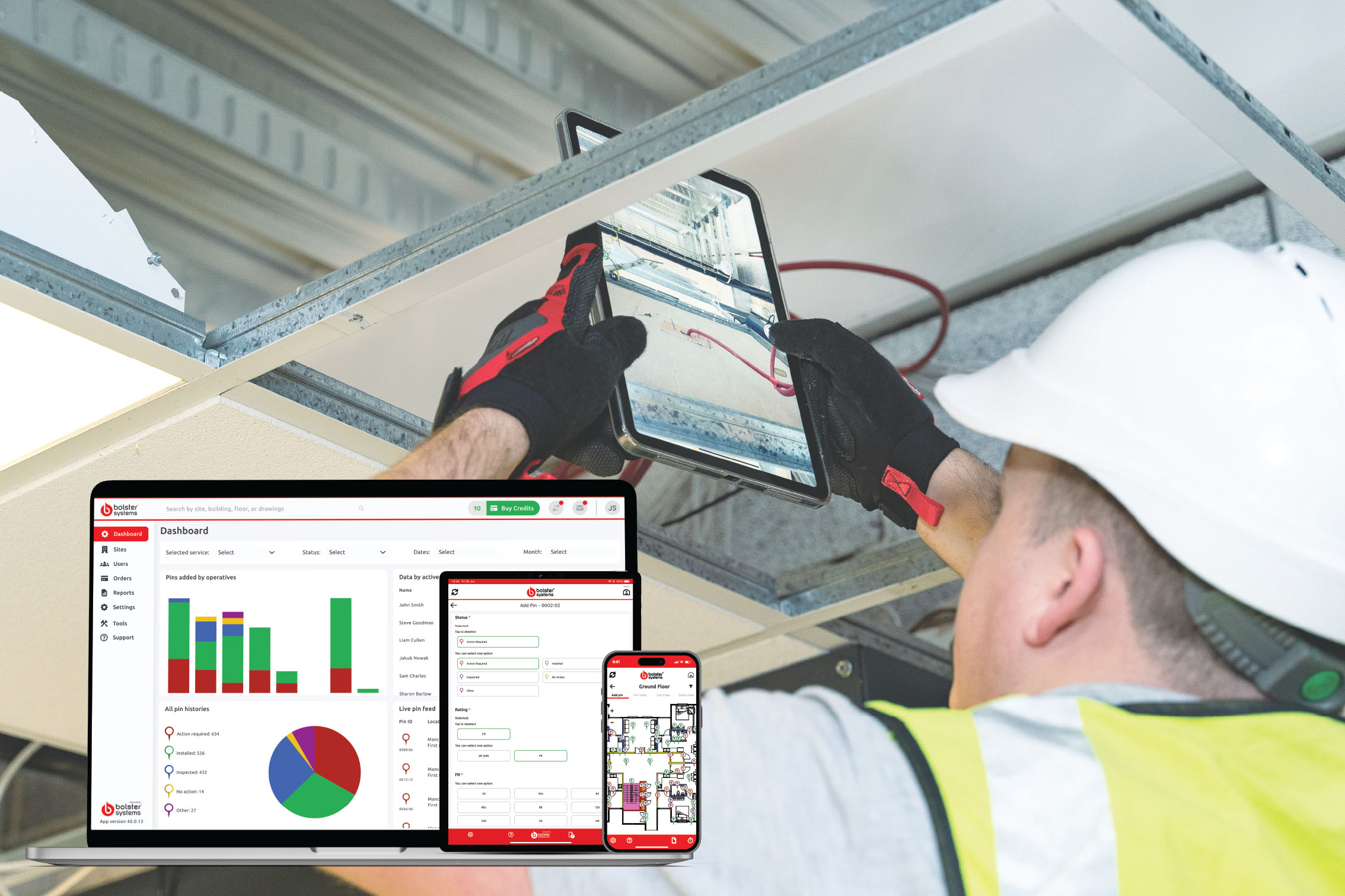Why Building Compliance Software is Essential for Modern Facilities Management

In the ever-evolving world of facilities management, the need to stay on top of building compliance has never been greater. With regulations becoming increasingly stringent and properties growing more complex, building compliance software is no longer a luxury—it’s a necessity.
Gone are the days when managing compliance meant filing away endless paperwork or trying to consolidate information across dozens of spreadsheets. These outdated methods are not just inefficient but prone to human error. When you’re responsible for the safety of people and assets, every missed detail can carry serious consequences.
Building compliance software addresses this by creating a central hub for all compliance-related activities. Picture this: instead of sifting through a stack of inspection forms, you can access detailed records for every aspect of your building’s compliance with a few clicks. Need to verify when a fire door was last inspected? It’s right there. Want to review past maintenance work on emergency lighting? Done.
The beauty of these tools is how they transform chaos into clarity. A single software platform lets you track inspections, schedule maintenance, assign tasks, and store documentation—all in one place. What’s more, modern systems like Bolster Systems integrate with mobile devices, so your team can update records on-site in real-time.
But it’s not just about making life easier for facilities managers. Building compliance software has significant financial benefits. Compliance fines can be steep, and legal battles over negligence can cost even more. By ensuring that nothing slips through the cracks, you’re protecting your bottom line as much as you’re protecting your building’s occupants.
Take emergency systems as an example. Ensuring compliance for fire alarms, extinguishers, and sprinkler systems can involve multiple stakeholders, from technicians to auditors. Without software, communication gaps are almost inevitable. With it, everyone stays aligned, and you can easily provide auditors with detailed, time-stamped records.
The impact of software extends beyond compliance, too. These platforms often include analytics tools, which allow you to spot trends in maintenance needs or identify recurring issues. With this data, you can take a proactive approach to asset management, ultimately extending the lifespan of key equipment and reducing unexpected costs.
For facilities teams managing multiple properties, the scalability of building compliance software is another game-changer. Instead of juggling separate records for each site, you can view compliance status across your entire portfolio. This bird’s-eye view makes it easy to spot areas that need attention and allocate resources more effectively.
At its core, building compliance software is about peace of mind. It ensures that your facilities are safe, compliant, and operating smoothly. And in an industry where the stakes are as high as they come, that peace of mind is priceless.
If you’re still relying on manual processes to manage compliance, it’s time to rethink your approach. Building compliance software isn’t just a tool—it’s the foundation of a modern, efficient, and safe facilities management strategy.





































